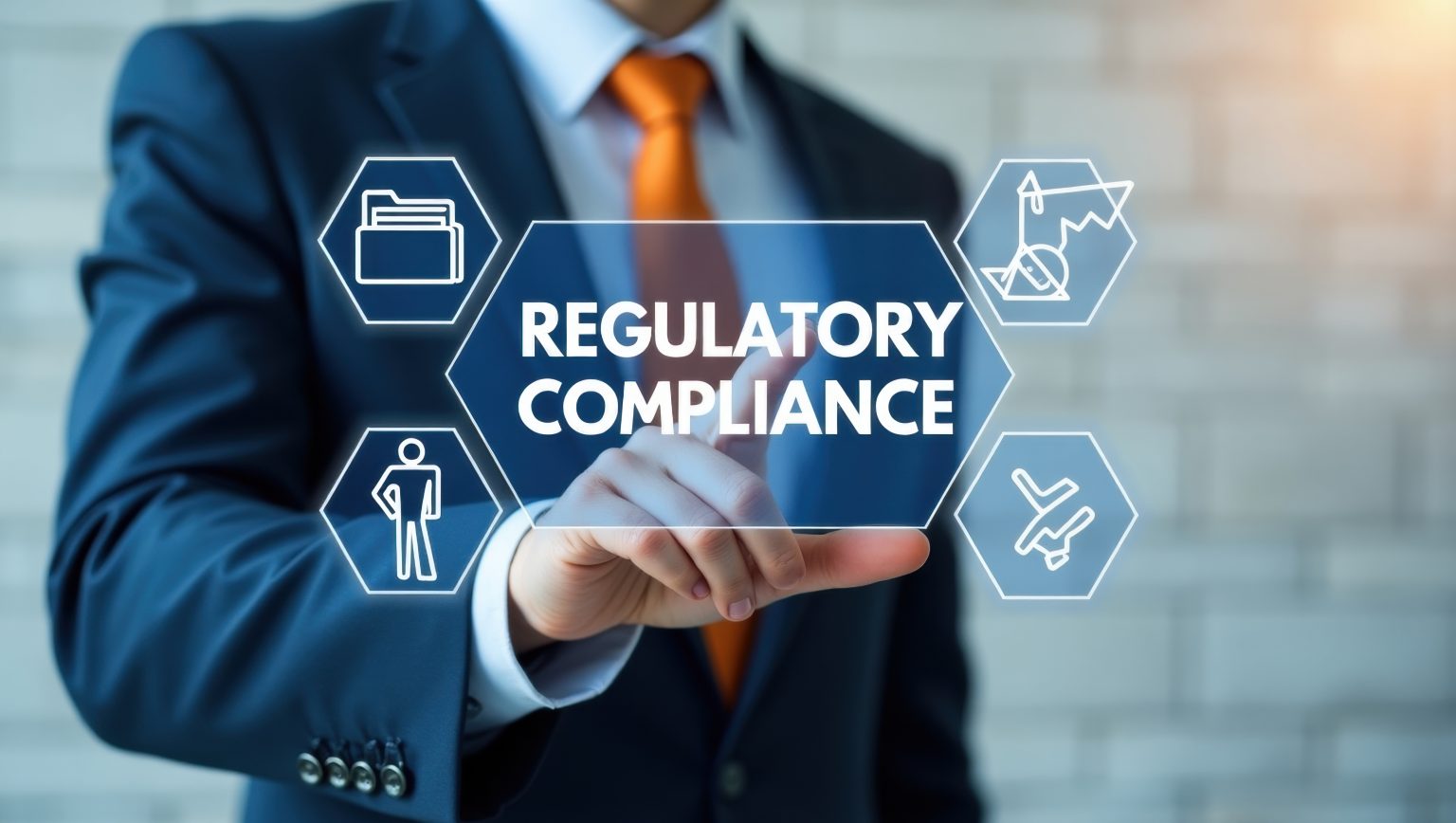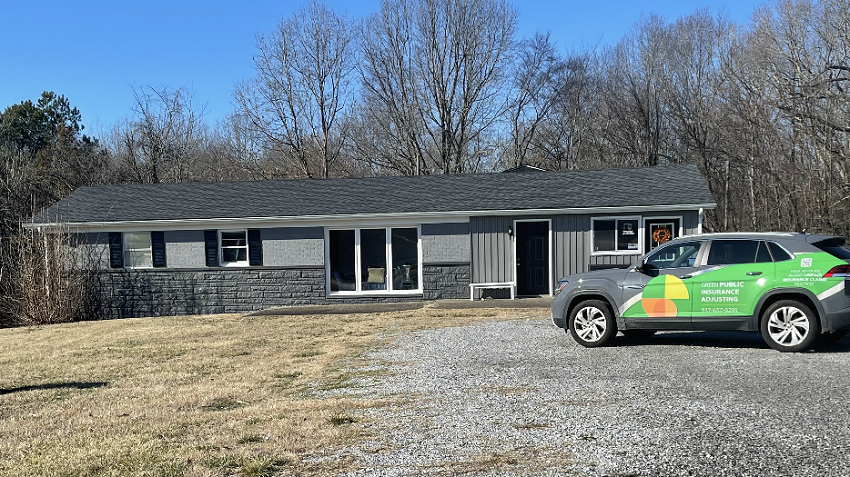As the public adjusting profession faces increasing scrutiny from lawmakers and regulators, a new wave of legislative reform has ushered in a number of “grey areas” that can confuse even seasoned adjusters. Part II of this series explores how public adjusters can remain compliant, ethical, and profitable in light of newly adopted standards like those set forth in the 2024 NCOIL Public Adjuster Professional Standards Reform Model Act and the downstream effects of state-specific interpretations of these reforms.
The Landscape of Legal Ambiguity
While the 2024 NCOIL Model Act sought to modernize and professionalize public adjusting, many of its provisions remain vague. Terms like “solicitation,” “financial interest,” and “advertising” are defined inconsistently across jurisdictions or left entirely up to interpretation. This ambiguity poses risks to public adjusters who may be trying to remain compliant but inadvertently cross invisible regulatory lines.
Example:
- The Act may prohibit a public adjuster from soliciting a policyholder unless fully licensed—but what does “soliciting” entail? Can a contractor introduce the adjuster? Can the adjuster leave a business card?
Fee Caps vs. Cost of Service
The push for a universal 15% fee cap (as proposed in states like Ohio and Florida) poses a unique challenge. These caps may make sense on paper but fail to consider:
- High-complexity claims that require weeks of work
- Inflationary labor and technology costs
- Necessary legal consultations or expert engagements
As a result, many public adjusters are re-evaluating how to structure services to remain profitable without violating new fee cap laws.
Practical Strategies for Compliance and Sustainability
To stay ahead of these changes, public adjusters should consider the following strategies:
1. Refine Your Onboarding Process
- Provide a written fee structure and explanation of services during the initial consultation.
- Clarify that fees are subject to state regulations and outline possible changes based on claim complexity.
2. Maintain Clear Records
- Document how clients were introduced.
- Keep records of all advertising, social media, and referral interactions to avoid misinterpretation of solicitation rules.
3. Separate Roles When Needed
- If your firm also owns or refers to a construction or mitigation company, create clear lines between those businesses to avoid conflicts of interest.
4. Legal Review
- Work with a legal advisor to review contracts, fee agreements, and marketing materials to ensure compliance with your state’s version of the Model Act.
Education and Advocacy are Essential
As we navigate these grey areas, public adjusters must do more than comply — they must educate themselves and advocate for clarity in the laws that govern their work. Associations like the Heartland Association of Public Insurance Adjusters (HAPIA) and national advocacy groups are urging regulators to provide clearer definitions and carve-outs that allow legitimate services to continue without excessive red tape.
What’s Next: Adapting the Business Model
In Part III of this series, we’ll explore what the future might look like for public adjusters: transitioning toward consultative service models, digital automation, flat-fee pricing, and collaborative networks that sustain business despite fee compression and compliance overhead.





